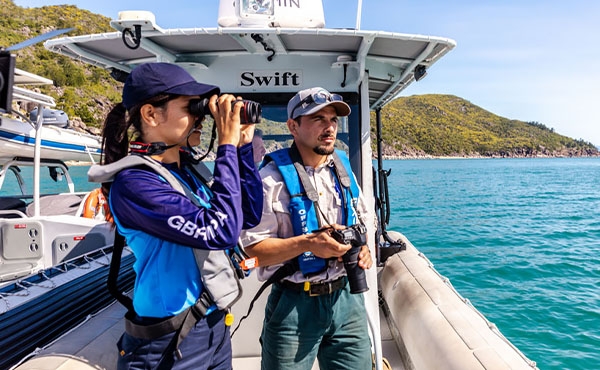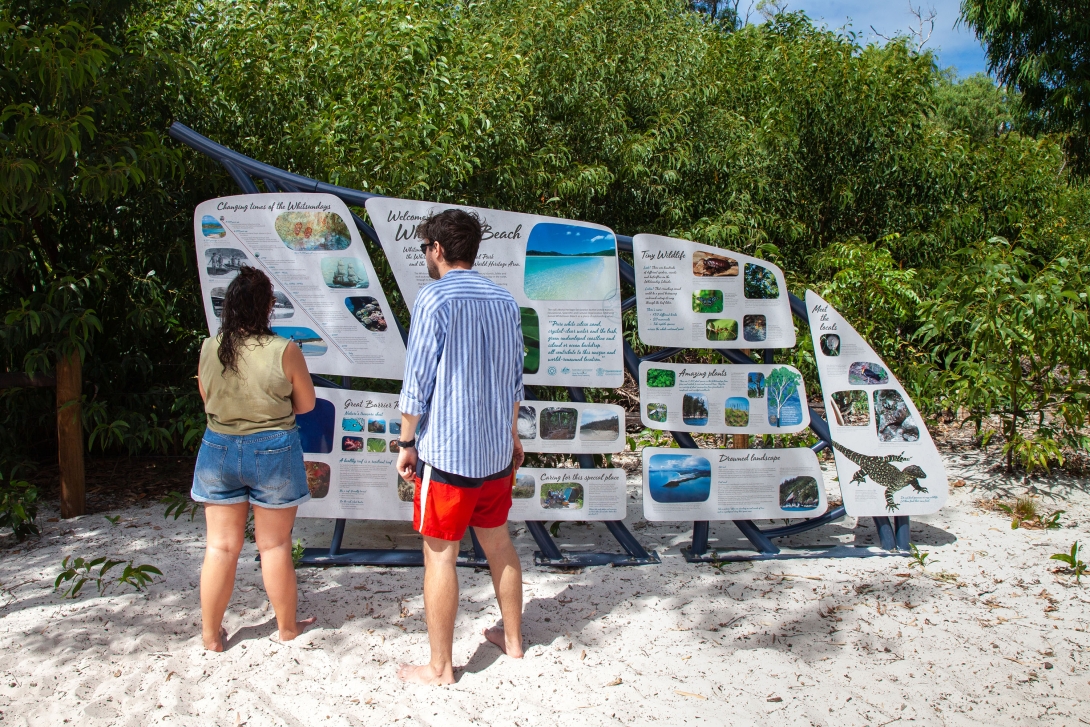Community benefits of the environment encompass the socio-economic and socio-cultural attributes of the Reef. Many of these are values based and include benefits such as employment, income, understanding, appreciation, enjoyment, personal connection, health benefits and access to Reef resources.
Community benefits are supported under the Marine Park Act 1975. They are also addressed in many of the policy and decision-making guidelines for the Reef. For example, the Reef 2050 Plan aims to develop a shared understanding of the community benefits derived from the Reef and provides principles for decision-making including basing decisions on best available science and community knowledge.
In recognition that some of the most significant threats to the Reef come from outside the Region (climate change, land-based runoff), managing agencies have increased efforts to understand, work with and influence the broader community. This is done through, for example, regional report card partnerships, Local Marine Advisory Committees, educational and virtual outreach programs, and the Great Barrier Reef Aquarium.



